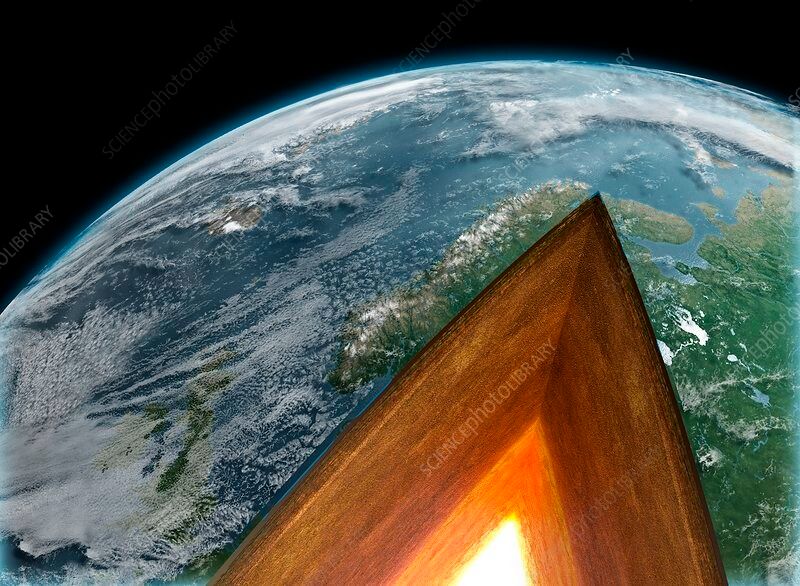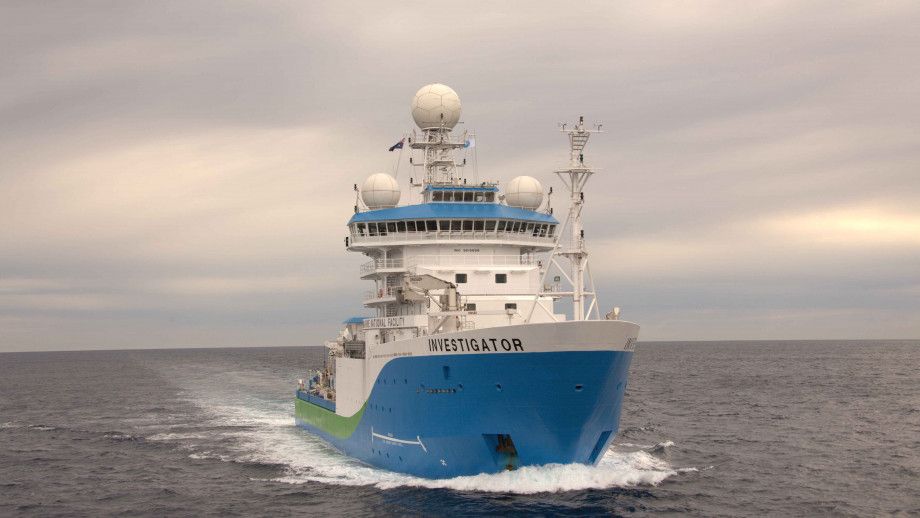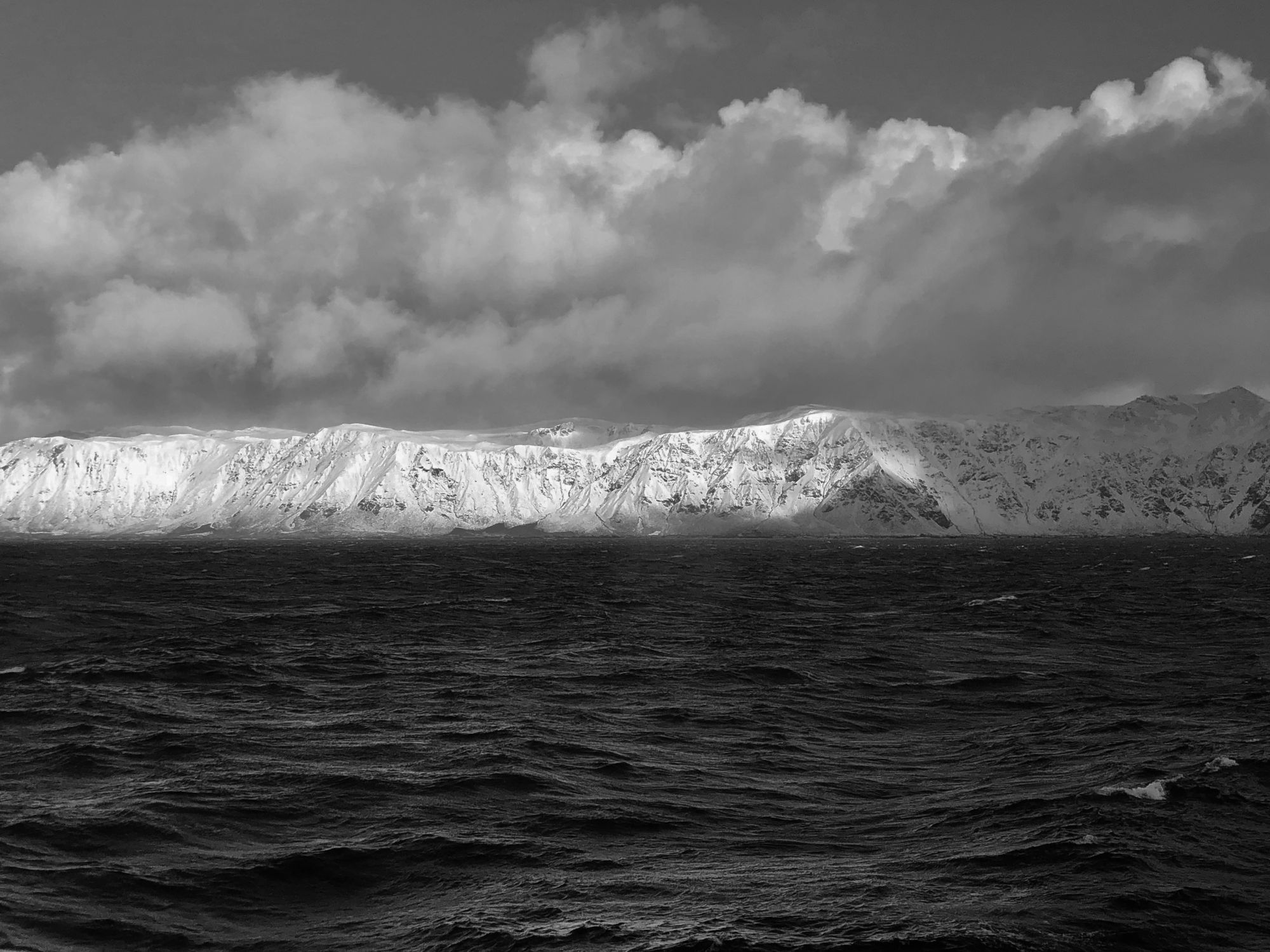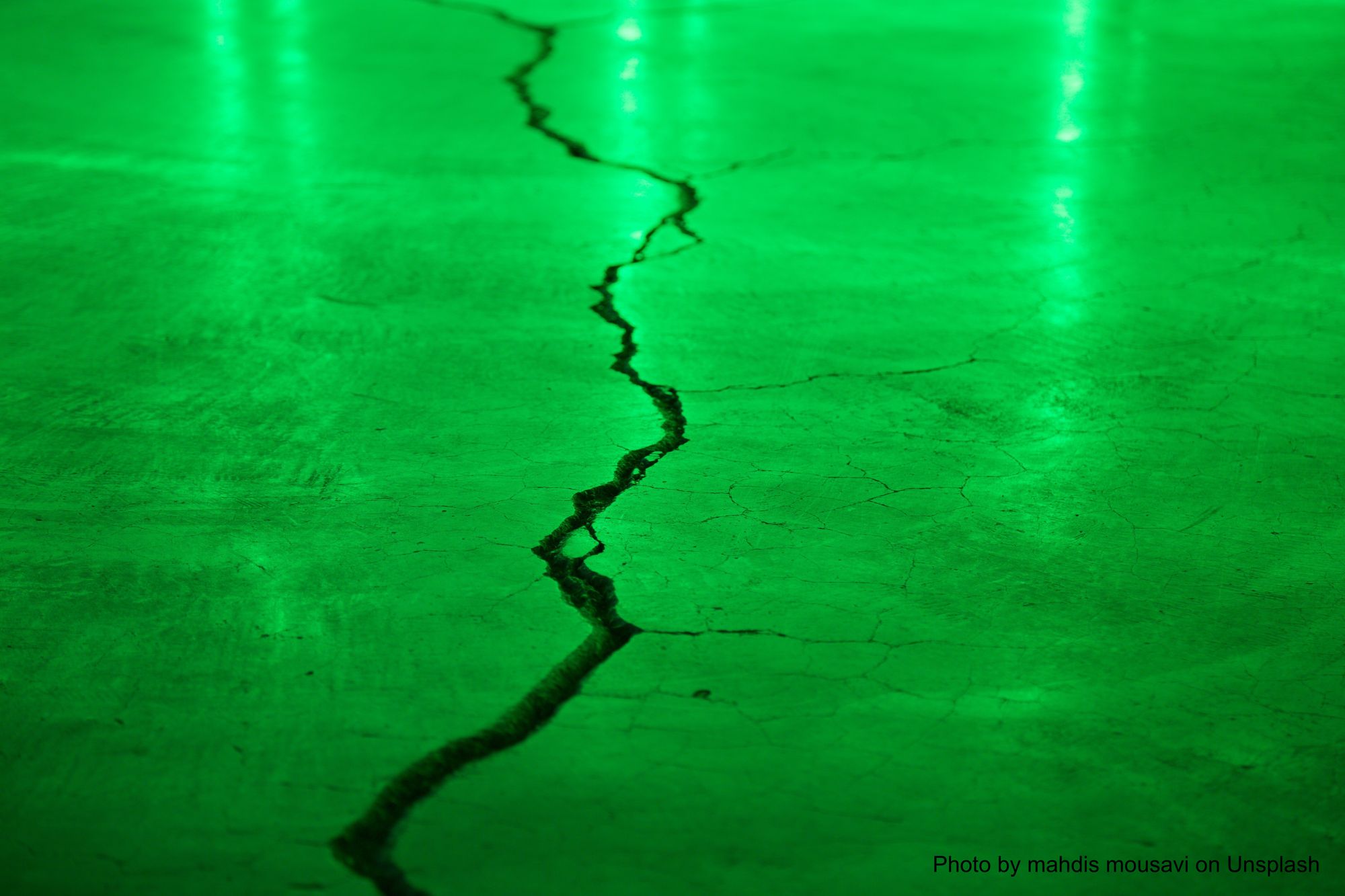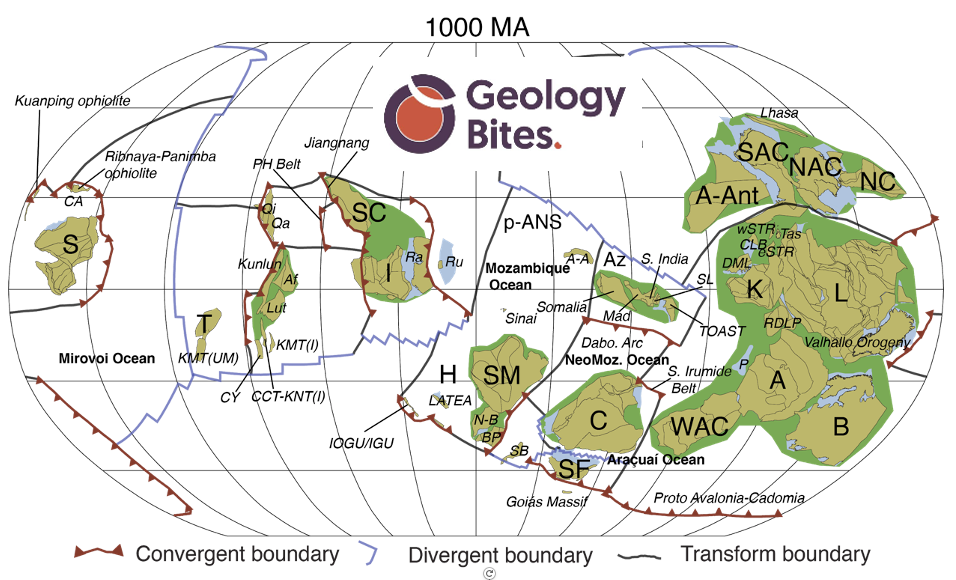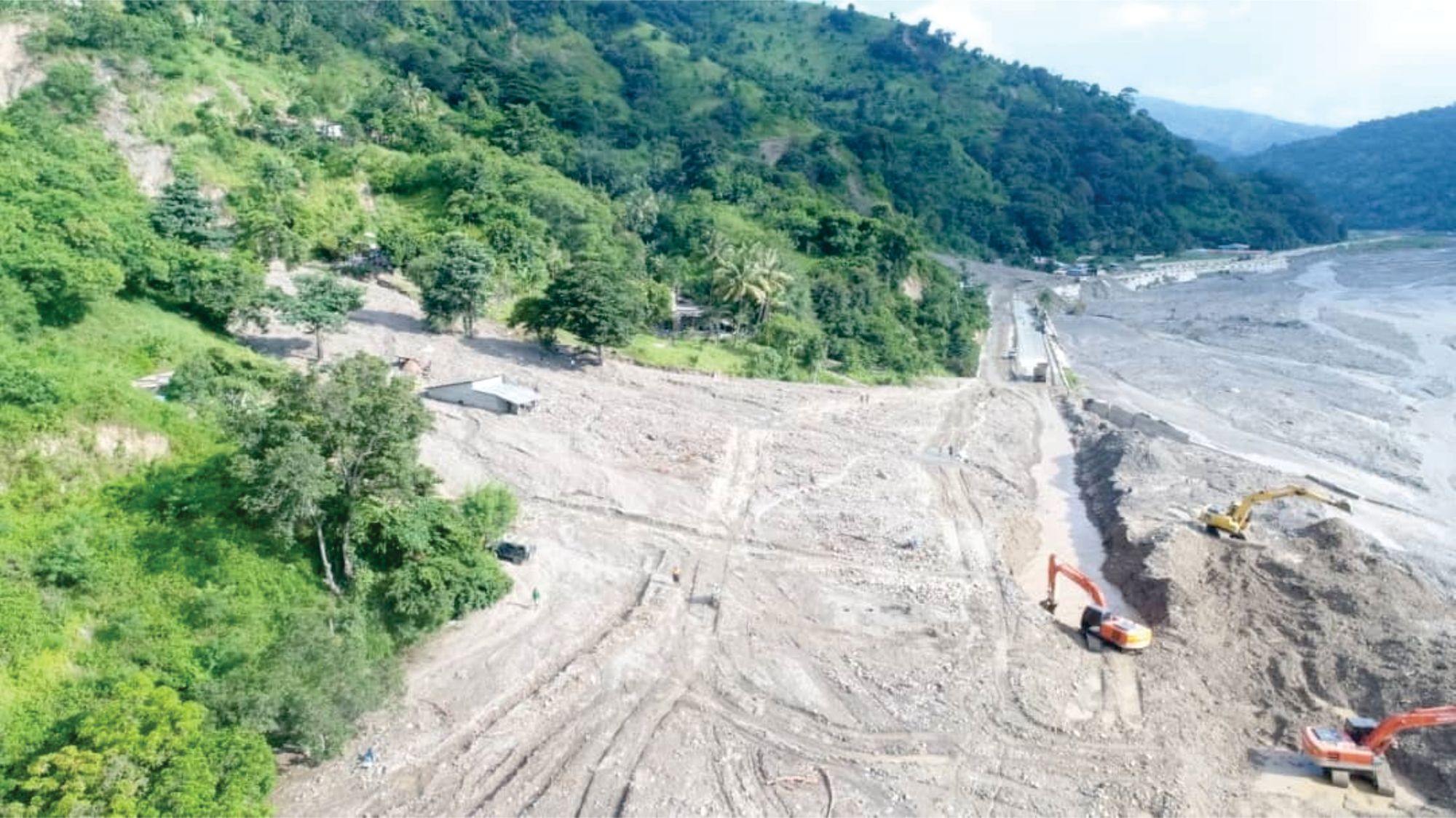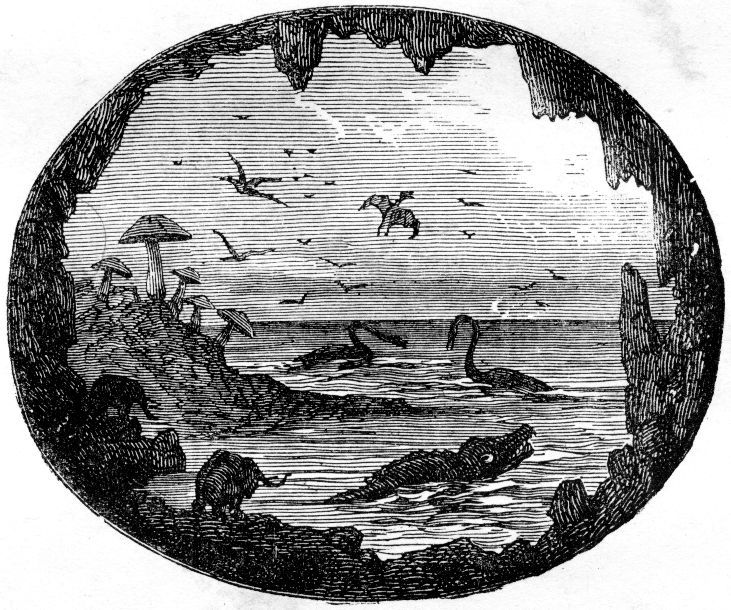
If we were lucky to travel to the Earth’s centre, perhaps as part of an international crew of terranauts chosen to observe and investigate our planet’s interior… just before entering the molten core, we would insist on making a “must stop” of our journey, almost like one of those vista points you can’t resist making a stop at, cruising along some imaginary coastal highway.
